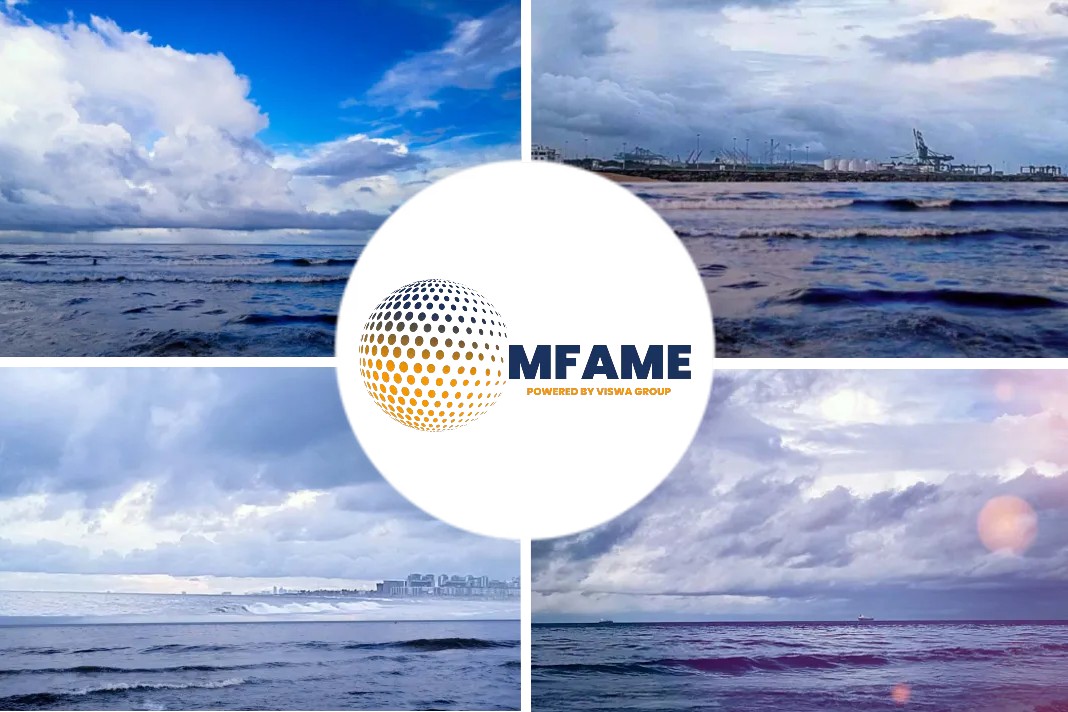- Iron ore freight rates might face an increase between iron ore producers Brazil, Australia and Indonesia, to the largest importer China with IMO 2020 implementation.
- Ships switching to lower sulfur fuels from typical bunker fuel oil may raise costs in hauling the commodity, with higher impact on longer voyages.
- Brazilian iron ore shipments to China will see largest increases, due to distance travelled, potentially rising by over US$6/mt more than 40%.
- Freight from Australia and Indonesia to North Asia might increase by between $1.7/mt and $2.9/mt.
- Spot iron ore prices delivered into China are a global benchmark, and higher shipping costs may lead to changes in netback prices absorbed by counterparties.
- Demand for LNG vessels may increase to 9 million mt/year by 2025 and diesel price increases will only lead to a 1.3% increase in average FOB costs for iron ore mines.
Implementation of IMO 2020 regulation is just eight months away and Wood Mackenzie says it is set to increase iron ore freight rates, reports Platts.
Reason for higher iron ore shipping rates
The introduction of a lower maximum content for sulfur in fuel oil for shipping may lead to higher shipping rates between iron ore producers Brazil, Australia and Indonesia, to the largest importer China, Wood Mac analyst Rohan Kendall said in a statement.
Ships switching to lower sulfur fuels such as diesel, and to LNG from typical bunker fuel oil may raise costs in hauling the commodity, with higher impact on longer voyages from Brazil to Asia, Wood Mac said.
Distance travelled also a reason
“Brazilian iron ore shipments to China will see largest increases, due to distance travelled, potentially rising by over US$6/mt (more than 40%),” Kendall said.
The S&P Global Platts Brazil to Qingdao, China, Capesize assessment averaged at $13.098/wet mt for April, up from $11.82/wmt in March.
“Freight from Australia and Indonesia to North Asia will increase by between $1.7/mt and $2.9/mt.”
Warning from analysts ahead of IMO 2020
The International Maritime Organization’s directive to lower the maximum permitted sulfur content in fuel oil for shipping has led analysts to warn of higher costs and difficulties in meeting demand from the specification change due to refinery infrastructure.
Implementation of a reduced sulfur cap on fuel oil to 0.5% maximum sulfur from January 2020, from 3.5% sulfur at present, may lead to higher diesel consumption, as refiners stretch to produce sufficient very low sulfur fuel oil (VLSFO).
Impact on regional netback pricing
The iron ore market in China, the largest buyer, evaluates seaborne iron ore prices on a delivered basis across grades and with domestic supplies.
Spot iron ore prices delivered into China are a global benchmark, and higher shipping costs may lead to changes in netback prices and costs absorbed by counterparties.
The changes may impact regional netback pricing and contract terms.
Why switch to higher priced diesel?
The impact for IMO on ocean freight markets means higher costs for bulk commodities, including met coal and thermal coal, Wood Mac said.
“Ocean freight is where the largest impact from IMO 2020 regulations lie for bulk commodities. Limited uptake of scrubber installation so far and a limited availability of VLSFO will mean most bulk carriers switch to higher priced diesel for compliance,” Wood Mac said.
LNG bunkering demand to reach its max
Demand for LNG vessels may increase, with Wood Mac expecting global LNG bunkering demand to reach 9 million mt/year by 2025.
With demand for sour crude oil falling compared to sweeter crudes on fuel product configurations favouring lower sulphur grades, the Japanese crude cocktail formula used for around 40% of LNG contracts may see its value fall relative to Brent, the global benchmark, the consultancy said.
This may shave LNG pricing by $2.5 billion in 2020, Wood Mac said.
Diesel price impact on operating cost
In mining operations, increased demand for diesel for shipping my lead to a small impact on operating costs, Wood Mac added.
“Diesel price increases will only lead to a 27 cents/mt (1.3%) increase in average FOB costs for iron ore mines,” Wood Mac said.
“However, the impact will not be evenly spread. Mines that use trucking for long-distance transport, have diesel-fired power generation, or have a high ratio of material moved to marketable production will be affected most.”
Australian coal mines have a higher proportion of electrified mining equipment and conveyors, and may see reduced impact on fuel consumption compared to other producers, Wood Mac added.
Did you subscribe to our daily newsletter?
It’s Free! Click here to Subscribe!
Source: Platts

























